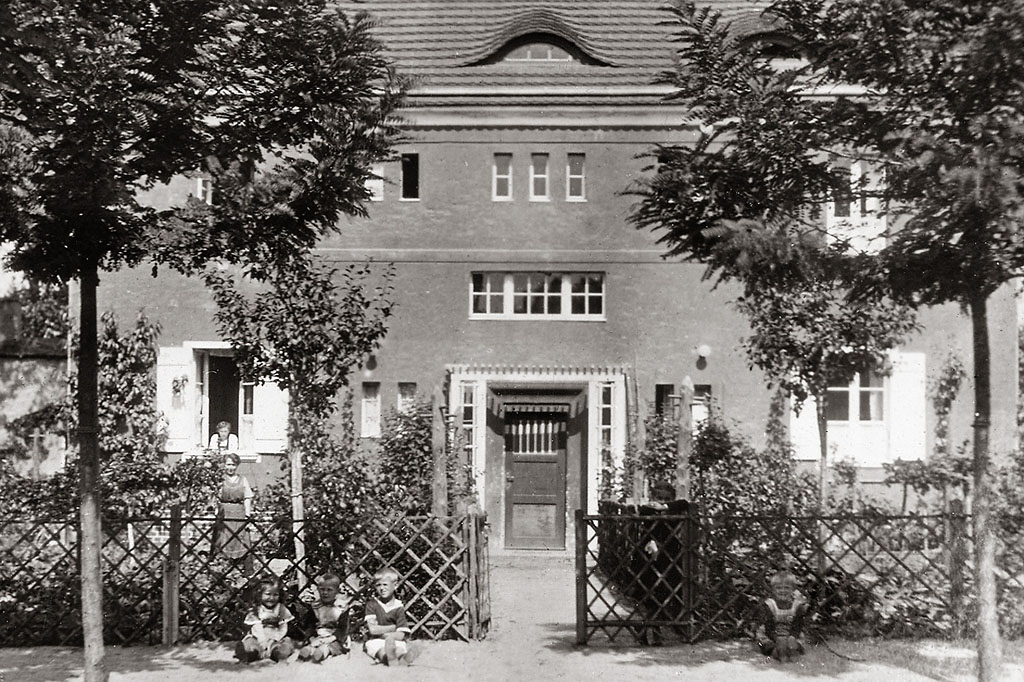Garden city > movement
The concept of "garden cities" goes back to Ebenezer Howard, an English theorist who published his seminal book Garden Cities of to-Morrow in the early 20th century, initially only in English. His aim was to counter rising land prices, poor housing and deplorable living conditions in the inner cities. Observing the rapid growth of Britain's industrial cities and the slums that sprouted on their outskirts, Howard proposed building small and medium-sized housing estates in the countryside. He developed a special plan for a “garden city”, which was to serve as a model for its layout. Shortly thereafter, the first garden cities were founded in England.
Translated into German, Howard’s book aroused great interest among German social reformers, green and urban planners. Howard's ideas quickly developed into an influential model of reform-oriented housing construction in the early 20th century. Both in England and in Germany, "garden city movements" emerged to turn Howard's ideas into reality while developing their own regional modifications. The first prominent German garden cities were Dresden-Hellerau and Essen-Margarethenhöhe. The reformist slogan "light, air and sun" became popular in Berlin, a city of tenements, and encapsulated many aspects of the garden city concept.
Attempts were made to transfer the concept to the German capital. Two reform-minded landscape architects of Berlin’s World Heritage housing estates helped to develop local garden cities: Leberecht Migge, who co-designed the garden-city-like estate at Lindenhof in Berlin-Schöneberg, and his colleague Ludwig Lesser, who planned the outdoor facilities of Falkenberg Garden City and Staaken Garden City, a community in Berlin-Spandau. Lesser also designed the greenery and open spaces in the then-garden city Berlin-Frohnau, which was laid out in a similar structure. However, Frohnau is more of a colony of villas and country houses than an actual garden city.
Other Berlin sites with garden city character are the Freie Scholle housing estate in Berlin-Reinickendorf, New Tempelhof Garden City (also known as the Aviators’ Estate) and the residences around Rüdesheimer Platz.

